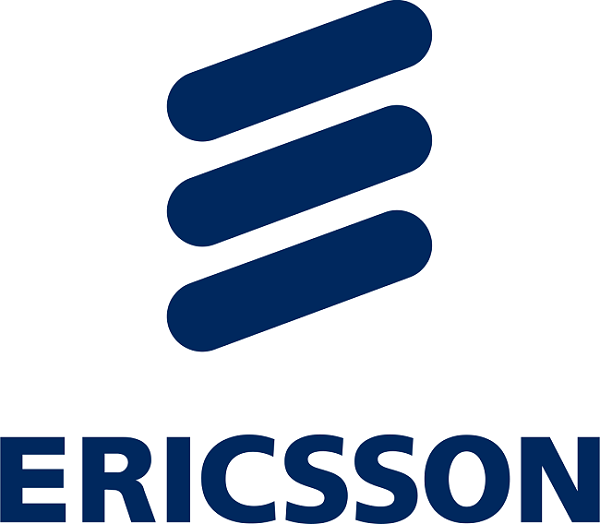Ericsson’s R&D-led approach to ensure that the company remains at the forefront of next-generation technology is reflected in its key participation in a new EU-funded 6G initiative.
Ericsson technology experts have joined forces with partners from academia and the industry to develop and build a new type of multi-antenna-based smart connectivity platform integral to future 6G systems. The initiative is called Project REINDEER.
Originally by Telecomdrive Bureau – January 27, 2021
Ericsson and Project REINDEER
By 2030, 5G will have radically transformed our world. Between now and then, there will be significant progress in technology to advance and address the ever-evolving demands of society and industry.
Ultimately and inevitably at some future point there will be a move to a new generation of wireless infrastructure – 6G. In this future scenario, the evolution of hardware and emergence of new meta materials may see new approaches to, for example, antenna implementation, enabling smaller, simpler, low-power connect-compute devices to be embedded everywhere.
Ericsson thought leaders and research pioneers are already hard at work to ensure that when 6G comes Ericsson will lead the way in delivering the technology benefits. The company is also keen to work with partners to ensure that technology goals and standards are met.
Ericsson: Heralding the 6G Era
The recently initiated European REINDEER project is led by a consortium of multi-antenna technology leaders. Ericsson is a key driver. It aims to develop and build a new smart connect-compute platform that will be critical to future 6G systems.
The project’s name is derived from REsilient INteractive applications through hyper Diversity in Energy-Efficient RadioWeaves technology, and the development of “RadioWeaves” technology will be a key deliverable of the project. This new wireless access infrastructure consists of a fabric of distributed radio, compute and storage. It will advance the ideas of large-scale intelligent surfaces and cell-free wireless access to offer capabilities far beyond future 5G networks. This is expected to offer capacity scalable to quasi-infinite, and perceived zero latency and interaction with a large number of embedded devices.
The project is a joint collaboration of private enterprise and academic leaders within the multi-antenna technology domain, including technical lead KU Leuven in Belgium; and Linköping University and Lund University in Sweden.
Ericsson already has a long track record of research collaboration with both Linköping University, under the stewardship of Prof. Erik G. Larsson and Associate Professor Emil Björnson; and Lund University, under the stewardship of Prof. Fredrik Tufvesson and Prof. Ove Edfors. Both partnerships, which achieved many technological milestones in the areas of Radio Stripes and Massive MIMO (multiple input, multiple output) respectively, are expected to lay a strong foundation for the REINDEER project.
Professor Ove Edfors, Lund University, says: “With the REINDEER project, we are taking a large step towards future wireless systems, capable of delivering entirely new services with much higher reliability and lower latency. Together with our European project partners, we form a strong research team which is dedicated to transforming our wireless future in a positive way.“
Magnus Frodigh, Vice President and Head of Ericsson Research, says: “As one of the largest investors in R&D in Europe, we remain committed to driving an agenda that puts European innovation at the fore. The REINDEER project delivers an early marker for the development of next generation wireless systems. Together with our partners, we will take significant steps in key 6G technology areas such as Cell-free MIMO and Large Intelligent Surfaces. Here, we will lead and contribute to several tasks ranging from concept design to implementation aspects, as well as the Work Package on Standardization, Exploitation and Dissemination.”
The REINDEER project is a 5G Public-Private Partnership (5G PPP) project and will receive EU funding as part of the EU’s Horizon 2020 research and innovation program. The project began on January 1, 2021 and will run for three-and-a-half years.
(Source: How Ericsson is Powering Innovation in 6G Multi-Antenna Technologies – Telecom Drive)
